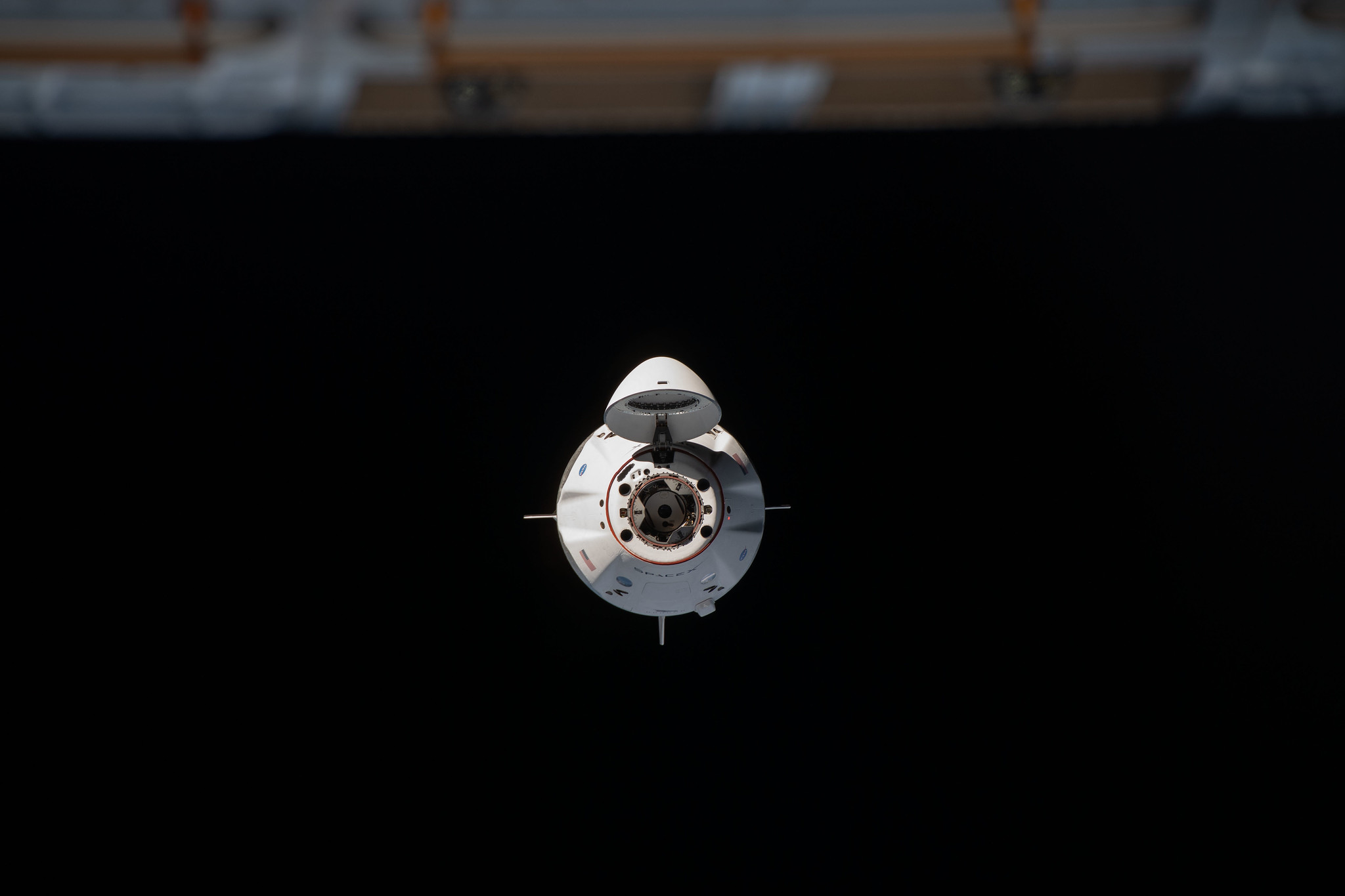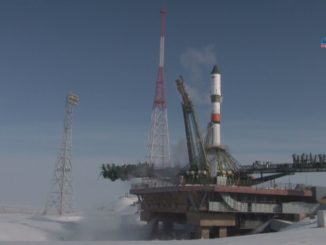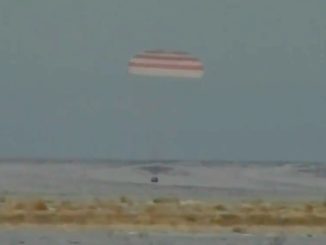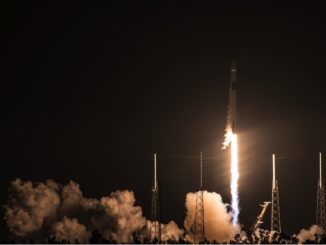
Rookie NASA astronaut Raja Chari — a former U.S. Air Force fighter pilot — veteran physician-astronaut Tom Marshburn, and European Space Agency astronaut Matthias Maurer have been assigned to fly to the International Space Station on a SpaceX Crew Dragon spaceship in the fall of 2021.
A fourth crew member will be added to the mission at a later date, following a review by NASA and its international partners, the U.S. space agency said in a Dec. 14 announcement.
Chari, Marshburn, Maurer, and the fourth crew member will launch on the third operational flight of a SpaceX Crew Dragon capsule to the International Space Station. The mission, designated Crew-3, will launch in the fall of 2021 from the Kennedy Space Center in Florida on a SpaceX Falcon 9 rocket and last into the spring of 2022.
The fourth member of the Crew-3 team might be a Russian cosmonaut.
Kathy Lueders, head of NASA’s human spaceflight directorate, told Spaceflight Now in November that NASA and Roscosmos aim to finalize a no-funds-exchanged agreement to fly Russian cosmonauts to the space station on U.S. crew vehicles, and continue launching U.S. astronauts on Russian Soyuz spacecraft.
The agreement, if signed, would help ensure the Russian and U.S. segments of the space station always have at least one fully-trained crew member, even if problems ground the Soyuz, Crew Dragon, or Boeing’s Starliner crew capsule, once it begins ferry flights to the orbiting research outpost.
Lueders said last month that the agreement could be in place for the third operational Crew Dragon rotation flight to the space station next fall, along with a Russian Soyuz mission set for launch in the same timeframe.
The third Crew Dragon rotation mission will be commanded by Raja Chari, NASA said Dec. 14.
Chari, 43, is a colonel in the Air Force and will make his first trip to space on the Crew-3 mission. He was born in Milwaukee and raised in Cedar Falls, Iowa, before earning a bachelor’s degree in aeronautical engineering from the U.S. Air Force Academy and a master’s degree in aeronautics and astronautics from the Massachusetts Institute of Technology.
Before his selection as a NASA astronaut in 2017, Chari flew F-15E combat missions in Operation Iraqi Freedom, graduated from the U.S. Naval Test Pilot School, and served as commander of the 461st Flight Test Squadron and director of the F-35 Integrated Test Force.

Veteran astronaut Tom Marshburn will fly as pilot on the Crew-3 mission. Marshburn, a 60-year-old medical doctor, was born in Statesville, North Carolina, and graduated from Davidson College with a bachelor’s degree in physics and earned a master’s degree in physics from the University of Virginia.
Marshburn later graduated with a doctorate of medicine from Wake Forest University and master’s degree in medical science from the University of Texas Medical Branch. After working as an emergency physician, Marshburn joined NASA as a flight surgeon and supported astronauts flying on the Russian Mir space station, multiple space shuttle missions, and crews on the International Space Station.
NASA selected Marshburn as an astronaut in 2004, and he flew as a mission specialist aboard the space shuttle Endeavour on the STS-127 mission in July 2009. Marshburn’s second mission was a long-duration expedition on the International Space Station, during which he launched and landed on a Russian Soyuz spacecraft.
Marshburn has logged 161 days in space on his two previous missions.
European Space Agency astronaut Matthias Maurer, 50, will fly as a mission specialist on the Crew-3 mission.
Maurer is from Sankt Wendel in the German state of Saarland. Like Chari, Maurer will be flying into space for the first time.
ESA selected Maurer to join its astronauts corps in 2015. Before becoming an astronaut, Maurer graduated with a doctorate in materials science engineering from the Institute of Materials Sciences of the Technical University in Aachen, Germany, and began working at ESA in 2010 as a crew support engineer.
Chari, Marshburn, and Maurer’s six-month expedition will overlap for a few days or weeks with the Crew-2 mission, which is set to launch in the spring of 2021 to take over from the Crew-1 astronauts currently on the International Space Station.
Email the author.
Follow Stephen Clark on Twitter: @StephenClark1.



